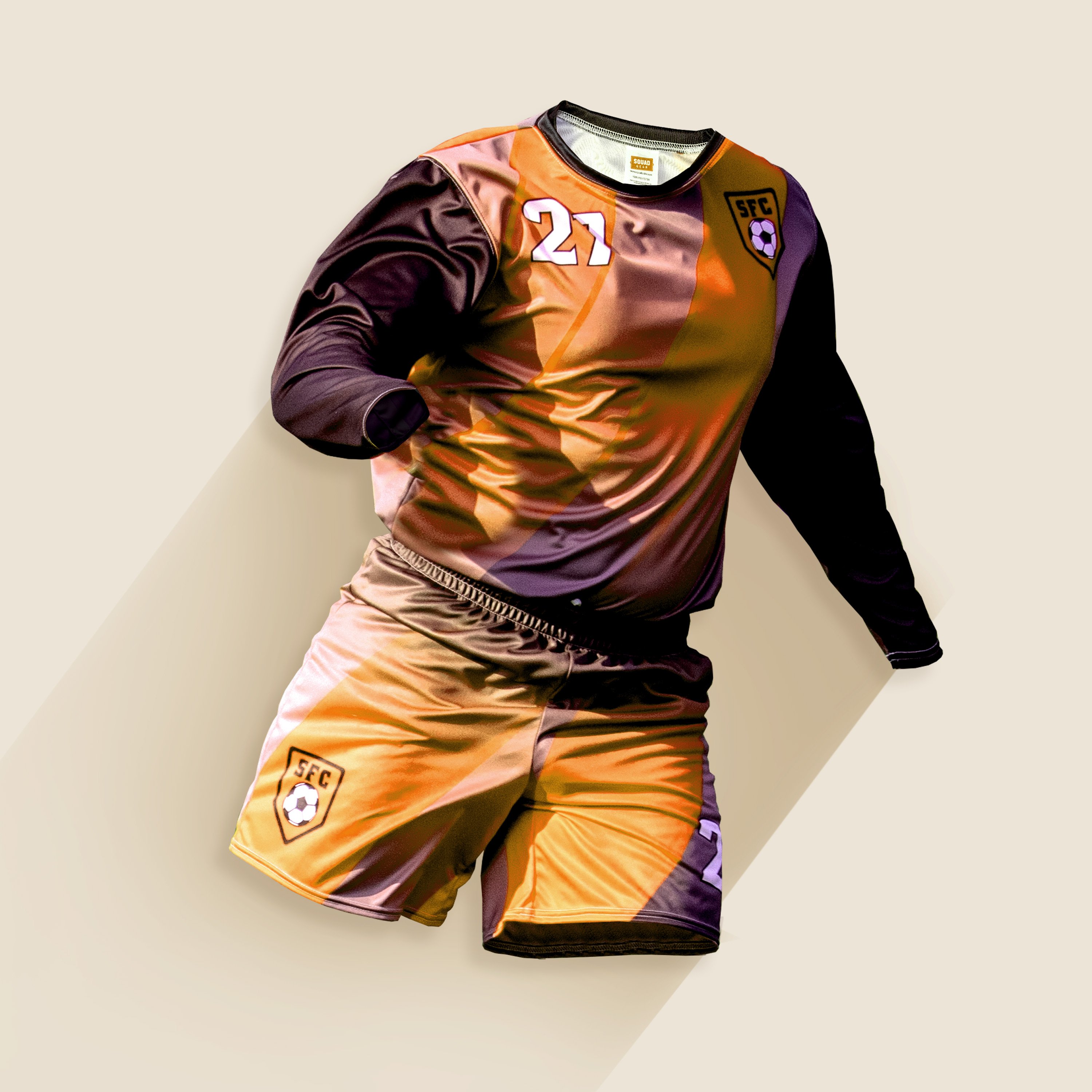Science is constantly improving the world of sports, from helping athletes discover ways to improve their performance to developing new gear and practice methods to help players stay safer during the game. Scientific reviews and research can also help raise new questions about recommended training, nutrition, and even gender bias. For the 2nd quarter of 2016, news in sports science predicts a safer approach to football, a new muscle-building method for bodybuilders and a higher focus on women’s sports science research. Here are just a few of the things the sports science world is talking about…
Using Science to Make Football Safer
It’s no secret that football has been under a watchful eye lately. Recent studies have found a link between the sport and brain damage in many professional athletes. The Washington Post reported in April 2016 that 40 percent of former professional NFL players suffer from brain damage resulting from football. We have sports science to thank for discovering the link between football and brain injuries, so how can sports science help make the sport safer?
A recent article by Live Science highlights recommended changes to football proposed by researchers and scientists that could help improve the safety of the game. The recommended changes are aimed at preventing concussions (and in turn preventing long term brain damage) in football players. Researchers need to first “define” what a concussion actually is and determine proper criteria for diagnosis. Some innovative new gear ideas to increase safety include improved helmets, better mouth guards and a neck stabilizer (much like race car drivers use). Science also suggests that training without helmets (to make players aware of vulnerabilities) could be an effective method for improving safety.
Longer Rest Periods for Muscle Growth
New sports science research from the UK revealed that longer rest periods in between weightlifting sets could mean larger muscle growth for men. An article by Medical News Today highlighted the results of the study. The muscle masses of a group of men were tested after their weightlifting sessions. The results were pretty impressive – showing that men who rested only one minute in between sets had a 76% increase in protein synthesis levels (the process that makes your muscles grow) while those that rested five minutes in between sets had a 156% increase. That’s pretty significant. The study concluded that 2-3 minutes in between sets was the optimal number for most individuals.
Women Underrepresented in Sports Science Research
Just as sports science helps to point out flaws in sports and improve athletic performance, athletes can help to point out the flaws and needed improvements in sports science. A recent article in Science News points out that women are greatly underrepresented in sports science research. Many sports science studies (like the one highlighted above on muscle growth) are based on the average male.
While women are getting more research in the sports science field, there is room for improvement. The findings in Science News showed that of studies by gender, only 4% of studies contained only women. A positive note is that 69% of studies had both men and women – but on the other hand 27% of studies were conducted for only men. Another interesting finding was that only 42% of studies had women participants (even though they were present in a total of 73% of the studies). So, why have women be a part of the study if they aren’t participating? That’s a great question for the sports science world and something that will influence how exercise physiologists and sports scientists conduct research in the future.
Share this Story










